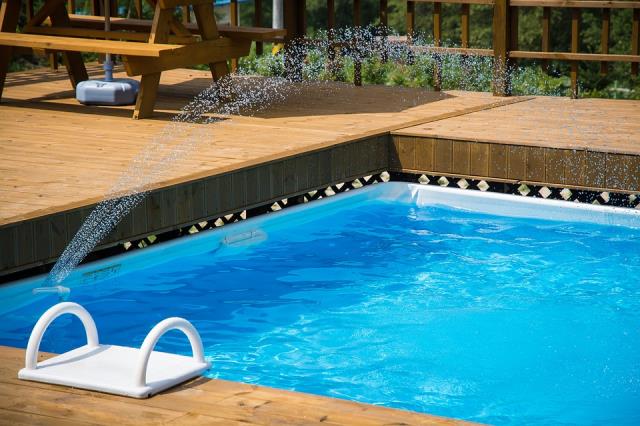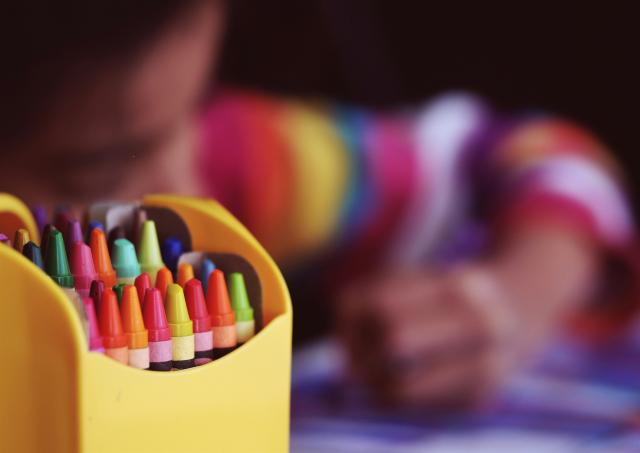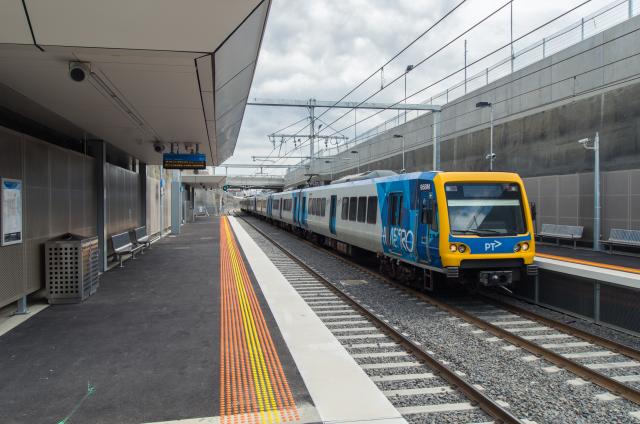Are you a 35-year-old Australian-born, married man who speaks only English, but has parents born overseas? If so, it’s highly likely you have children, live in a three-bedroom house and your family has two cars.
According to Australian Bureau of Statistics’ latest census data, you are the average Brimbank resident.
The country’s first online census, completed in August last year, has painted a picture of the demographic make-up of one of Victoria’s most populous local government areas.
The municipality’s population grew 6.3 per cent in five years – from 182,736 to 194,319. The growth has slowed when compared to the boom experienced between the census surveys in 2006 and 2011, when the number of people living in Brimbank grew 8.6 per cent.
Bucking a Victorian trend, the average mortgage repayment each month dropped $1 between 2011 and 2016, from $1600 to $1599.
This would have come as a relief considering there was a 34 per cent jump in median monthly mortgage repayments between 2006 and 2011.
It’s been harder on tenants, with weekly rent jumping 13 per cent in five years, from an average weekly payment of $265 to $300 – steep prices when the average income in Brimbank is $487. But then again, that burden would most likely be eased considering most people live with two others and a family’s average weekly income is $1358.
The average age of Brimbank residents, 35, has remained static for more than 10 years.
Almost 1570 women living in Brimbank have six or more children. Large families do appear to be a declining trend, though, with most of those women (223) aged 85 or older and more than 70 per cent of women with six or more children 55 or older.
About 45 per cent of Brimbank’s population was born in Australia. Vietnam came in second, with 11 per cent saying they were born in the South-East Asian country, followed by India (4.7 per cent).
English is the most widely spoken language, with 35 per cent, or 69,300 survey respondents, saying they spoke only English.
Vietnamese was the second most commonly spoken language at home (31,453), followed by Chinese languages (8422). Punjabi came in fourth, Greek fifth, Italian sixth, Macedonian seventh, Arabic eighth, Croatian ninth and Tagalog 10th.







